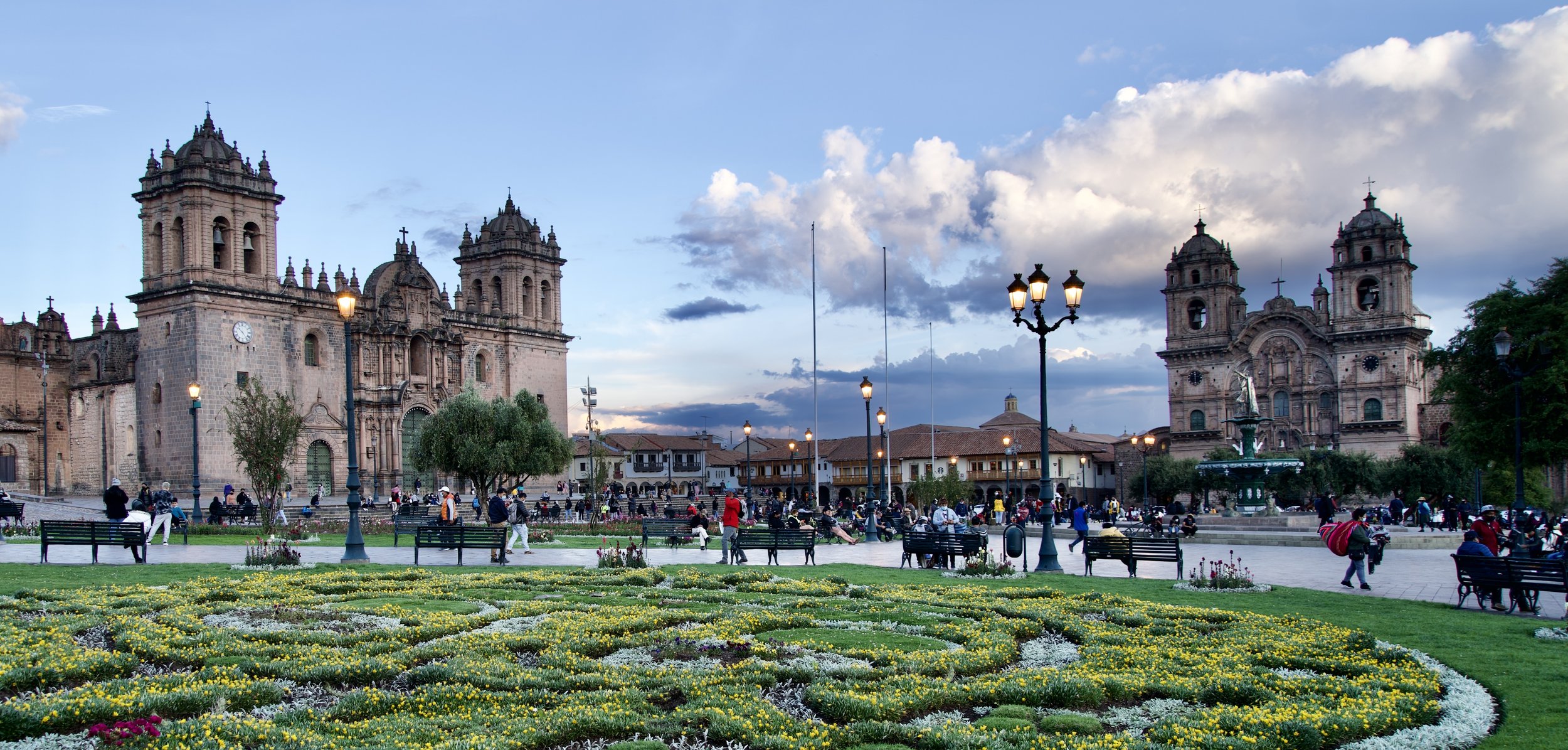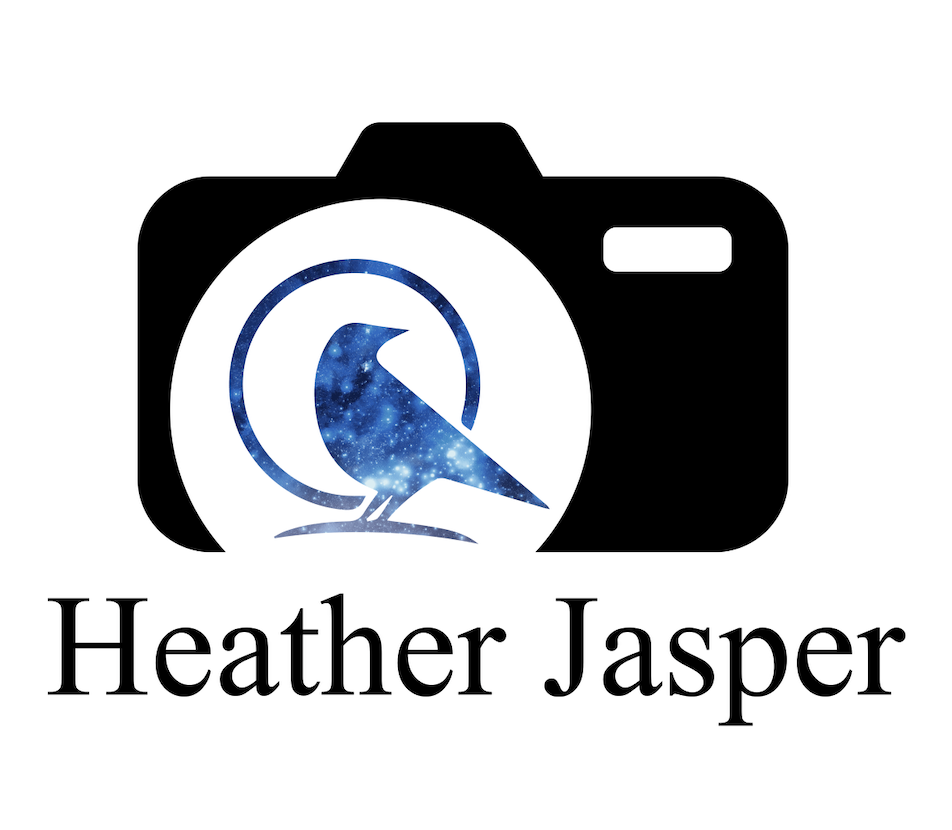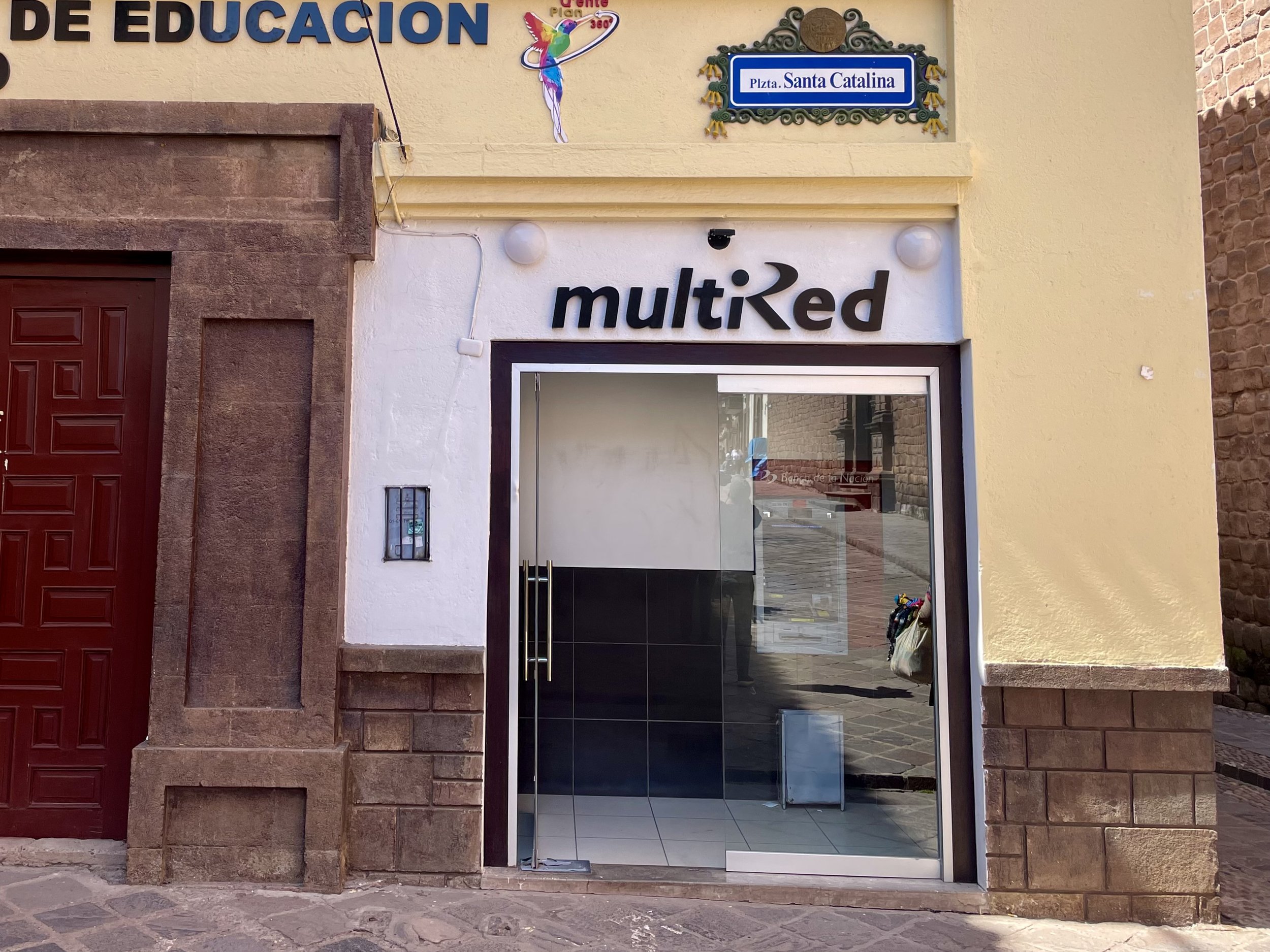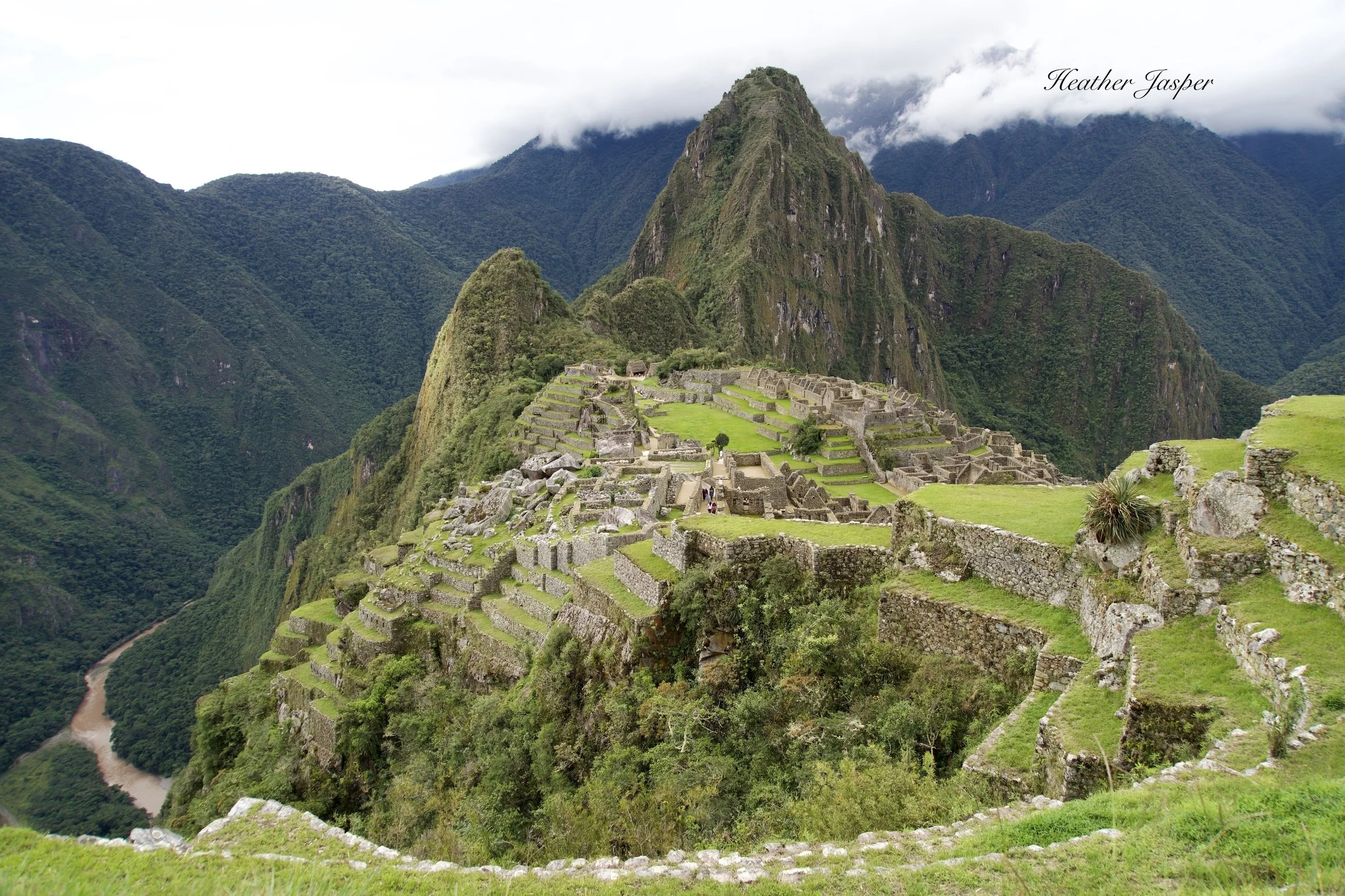From ATMs to how to talk with street vendors, I’ve got you covered!

Welcome to the City of the Incas!
Your first task is to find a place to stay. The historic center near the Plaza de Armas has the most to do and see and is generally the safest area of town. You can find lodging for every budget, from $500+ to $10. If you want a view and don’t mind stairs, check out lodging in the San Blas neighborhood, uphill from the plaza.
Next you need to find where to eat. My restaurants page has tons of suggestions but keep in mind that the more expensive restaurants have trained chefs and English-speaking staff. The markets and family restaurants may not have menus in English but Peruvians take their gastronomy seriously and the food often is just as good.
Then you’ll need things to do! Government-owned archeological sites in Cusco and the Sacred Valley have one entrance ticket, called the Boleto Turístico del Cusco. Also, check out my articles on the Top 10 Free Inca Sites in Cusco and the Top 15 Inca Sites near Cusco.
Download my travel guide app Peru’s Best.
Other tips for Cusco
Street vendors:
Not everybody loves buying from street vendors. Unfortunately, due to the economic crisis caused by the pandemic, there are now four times as many street vendors as before. Some don’t want to take no for an answer. If you’re not interested, you can just ignore them. It may feel rude but that’s what Peruvians do.
ATMs:
Bank fees in Peru are notoriously high. I’ve seen ATM fees as high as $8 for one transaction. Look for the Banco de la Nacion’s MultiRed. (Red in Spanish means net or network). The maximum you can withdraw is s/400 per day, but there are no fees.
Water:
Unfortunately, you can’t drink the tap water in Cusco. Locals boil or filter it, hence the proliferation of hot drinks in Cusco. In the streets there are vendors who sell hot drinks made with maca, quinoa and flax seed. They are all safe to drink, as are the dizzying array of herbal teas that you’ll be offered everywhere you go.
There are no recycling facilities for plastic bottles, so limit your use of plastic.
What’s with all the rainbows?
The rainbow symbolizes Cusco and the Inca’s civilization that was based in Cusco. Cusqueñians know that in many parts of the world, the rainbow symbolizes the LGBTQ community, but that doesn’t change how they feel about their flag. Cusco has used the rainbow long before politician Harvey Milk and designer Gilbert Baker made their flag in 1978.
Cusco is your gateway to Machu Picchu
If you don’t already have your trip to Machu Picchu booked, download my app for details on how to buy Machu Picchu tickets and how to visit without an agency.



